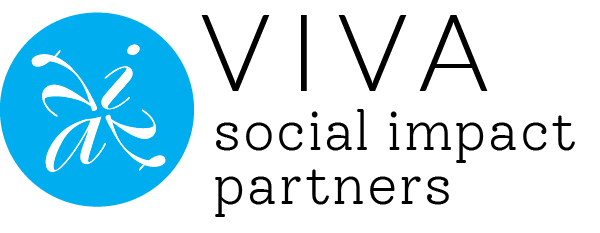
Navigating health and mental health systems is no easy feat. Any road block a patient faces can mean lengthy delays in getting the care and services needed.
That’s why California has established new requirements for Medi-Cal health plans to improve their care management and better help patients navigate the healthcare system and the referrals they’re given. “Closed loop referrals” mean that when patients are referred for a specialized service, the referrer or another partner is making sure that the patient actually receives that service. The steps in that process are called the “referral pathway.” In other words, someone is helping the patient all the way along the path–making sure they’re connected to the service, addressing any road blocks, and “closing the loop” for everyone involved.
VIVA is currently supporting two initiatives in their efforts to strengthen their referral pathways and create closed loop referral systems, both part of Help Me Grow LA, which is an initiative of First 5 LA. These projects include working directly with managed care plans, as well as medical practices, community partners, regional centers, and public health agencies.
Across the strategies for improving referral systems that we have supported and evaluated, a few lessons have emerged. Here are our recommendations for how to approach this work:
- It starts with buy-in. The very nature of referrals means that there are multiple entities involved: the community organization or provider making the referral, the service receiving the referral, an insurance or managed care plan, and potentially other service providers. All of the entities involved in supporting the patient and family need to buy in to the effort to improve the referral system, because they’re all involved in its success. And, they all have expertise to share that can affect your success. Approach this effort as a genuine partnership, and you will be able to make positive changes.
- Allow for a learning curve. Navigating closed loop referrals is NEW for healthcare plans, providers, and other partners. If you’re funding or otherwise leading an effort like this, invest in training, technical assistance, and coaching to help your partners develop new processes. See the point about buy-in above! Most of our client’s partners have noted that technical assistance VIVA provided, which was focused on building their capacity and tailored to their specific needs, has been critical to their success.
- Align on data. At the onset, it’s highly likely that the different entities involved in your referral processes are tracking patient and referral information in different ways. We learned that it’s critical to agree on the shared data you all want to have to assess the effectiveness of your efforts, and to all collect and share that data. Data agreements are your friend!
- Keep aligning on data. What you think you need at the beginning may or may not be correct. A rapid-cycle evaluation approach is critical to this kind of effort. Rapid cycle means that, at regular, short-term intervals, you are analyzing your data and assessing your progress. Along the way, you might realize there's additional information you want to start collecting. Through our rapid cycle process with L.A. Care, we were able to identify data gaps, and where partners needed to build their data capacity (keep reading for more on that!)
- Build data capacity. Disaggregated data (breaking data down by categories like race, zip code, language, and gender) lets you analyze it for inequities that might be impacting specific groups within the broader referral system. Disaggregated data findings can be essential for decisions related to messaging, outreach, programming, and more. But partners might need to develop both the skills and the systems in order to collect their data with demographic categories and then disaggregate it in their analysis. Incentives and/or funding to support this capacity building may be needed.
- Plan for sustainability. The technical assistance and evaluation services we’ve been providing to help our clients and their partners improve their referrals will sunset. That’s why we’ve focused on capacity building so that the new pathways, approaches, data collection processes, and tools will continue beyond the life of the initial investment.
